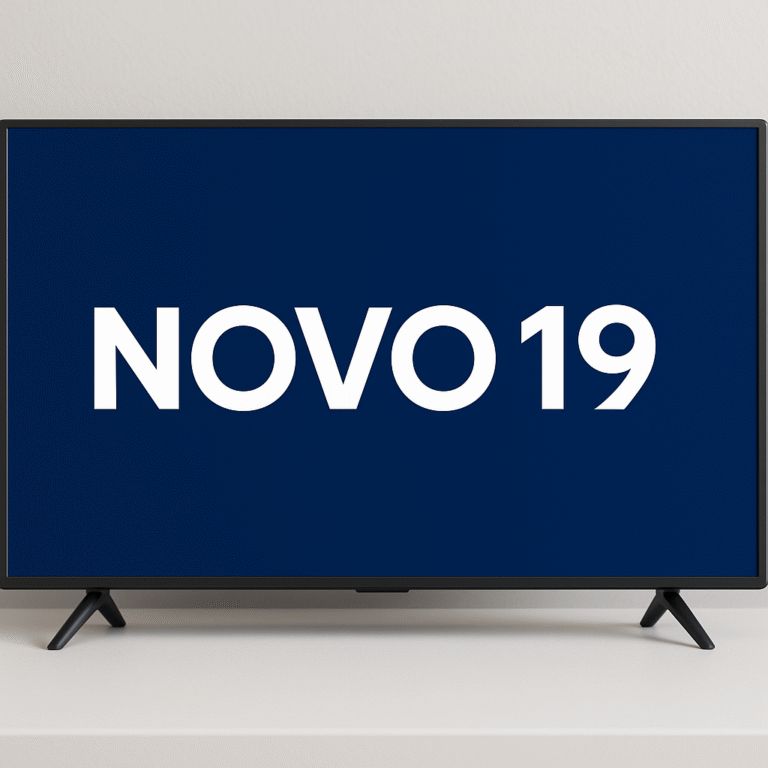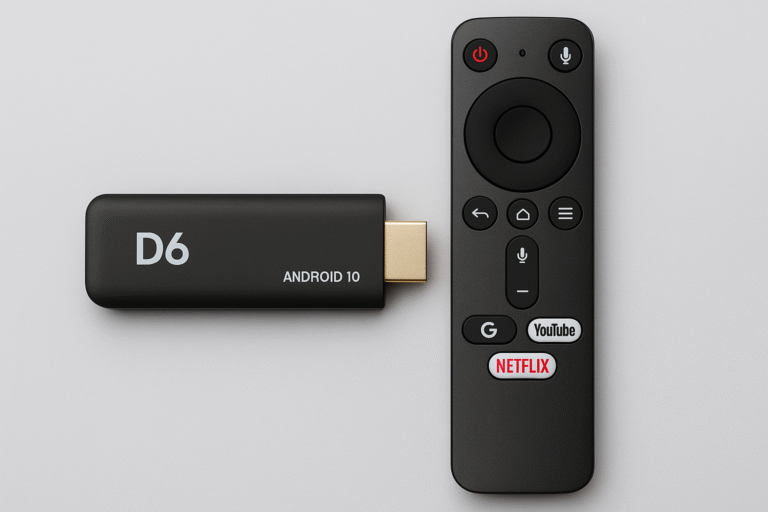Get Free English Satellite TV Channels Easily | 2025 Update

This guide highlights free-to-air,
unencrypted English channels you can get with satellite TV in North America, focusing on both C band and Ku band options looking into early 2025.
C band dishes are large, similar to the older,
backyard satellite dishes you might remember. Ku band uses smaller dishes, about the size of those that come with most satellite TV services today, but some setups may need something a bit bigger. The big differences are the size of the dish and the range of frequencies each band uses.
There are fewer channels than in past years because so many broadcasters have switched to streaming for the reach and cost benefits. Many niche channels and big networks have left satellite and now put most of their shows online. Even with these changes, hobbyists can still find interesting channels by scanning for news, sports, and other unique shows.
Here are some of the key satellites and the English channels they carry:
- AMC 8 (140° West): Available mostly in Alaska, with channels like Alaska Rural Communication Service, U Create TV, and PBS stations such as K2, KUAC, and KA KM TV. Check signal coverage and dish size for your place.
- AMC 10 (135° West, C band): Home to Africa Channel, God TV, Shop LC, and other shopping and entertainment. Some channels are not always unencrypted.
- Galaxy 15 (133° West, C band): Sometimes HBO West and other pay TV feeds are open for short times. EWTN and other networks run here too.
- AMC 1 (131° West, C band): Offers limited content, with Baby TV USA as a highlight.
- Galaxy 12 (129° West, C band): Provides Reuters News Channel and other news.
- Galaxy 13 (127° West, C band): Features Reels Channel for movies, Bloomberg TV, Fuse TV, Jewish Broadcast Service, Cowboy Channel, RFD TV, and more.
- Galaxy 14 (125° West, C band): Includes TBS West, NBC, USA Network West, Bravo West, CNBC HD, Shop HQ, The Weather Channel, and more national networks.
- Galaxy 16 (123° West, C and Ku bands): Has Positive TV (HD), Israel Network, 3ABN International, Sport Plus TV, WGN for sports, Get TV for classic dramas, and KBS World.
- Galaxy 23 (121° West, Ku band): Regularly includes news feeds such as IntelSat, WWE (NXT), SBN Global, and Grit TV.
- 119° West satellites: CTV Vancouver, some legislative feeds, Christian radio, and some CTV still run here. At times, CNN and Dish Network promos appear.
- 116.8° West: Mostly Spanish channels, but also Retro TV, American T, and BYU TV in English.
- 105° West (AMC 15): Offers Pursuit Channel, Sky View radio, ESPN Radio, TBN feeds, and a variety of religious channels.
- 103° West: Grit TV, Court TV, ION TV (East and West), Bounce, Scripps News, QVC, Jewelry TV, and ION Mystery.
- 101° West: Channels here include Daystar, Jewelry TV, News Nation, NHK World, SBN, Reach TV, and Taiwan TV Plus.
- 99.2° West (Galaxy 16 Ku band): Features CBS news feeds, Montana PBS, Fox news, NPR, and regular live event coverage.
- Galaxy 19 (97° West, Ku band): A main choice for free-to-air in North America. You can find religious, ethnic, and news channels. English picks include WGN sports, CW Network, CBC Toronto, ABC national feeds, Univision, NPR, Family Radio, Infowars, several PBS options, World Channel, and First Nations Experience. It also airs many religious radio and TV channels.
- Galaxy 25 (93.1° West, Ku band): Main feeds are CBS 1–6 and the CW Network.
- Galaxy 32 and similar (around 91° West): Features Word Network and BYU TV.
- SES-2/TKAT-1 (87° West): Hosts LPB (PBS), the Florida Channel, and CNN news source events.
- 61°–55° West: Mostly foreign channels in Spanish and Portuguese, plus CubaVision International, God TV, and other international options.
Channel lists can change at any time, especially as of January 2025. On-demand viewing has cut into the number of linear TV channels, but scanning satellites can still interest tech fans who like chasing live news and sports. Sites like TVROSat.com and LyngSat are the best sources for updated channel lists. Check those regularly to stay current.
Use these online resources instead of static lists for the most accurate info. Your ability to receive channels depends on the dish size, where it’s pointed, what kind of receiver you have, and your city or region. Free-to-air users often join forums and online groups, trading tips and updates about signal changes. This helps everyone keep their gear tuned in and access the latest feeds.
While the number of channels keeps dropping due to shifts to streaming and new ways of broadcasting, satellite TV still offers a unique way to watch unfiltered news, classic entertainment, sports, and global shows directly from the source.






